The captivating blend of soul and jazz has long been a cornerstone of innovative music-making, with its unique fusion of styles continuing to inspire musicians and music enthusiasts alike. As we delve into the world of jazz fusion, it becomes clear that this genre is not just a passing trend, but rather a rich and dynamic art form that has evolved over time, influenced by a diverse range of musical traditions. From the early pioneers who helped shape the sound of jazz fusion to the contemporary artists pushing the boundaries of this genre, there is much to explore and discover in the realm of soul and jazz fusion workshops. Whether you’re a seasoned musician looking to hone your craft or simply someone who appreciates the beauty of live music, this article aims to provide a comprehensive overview of the world of jazz fusion, including its history, key characteristics, and the benefits of attending a soul and jazz fusion workshop.
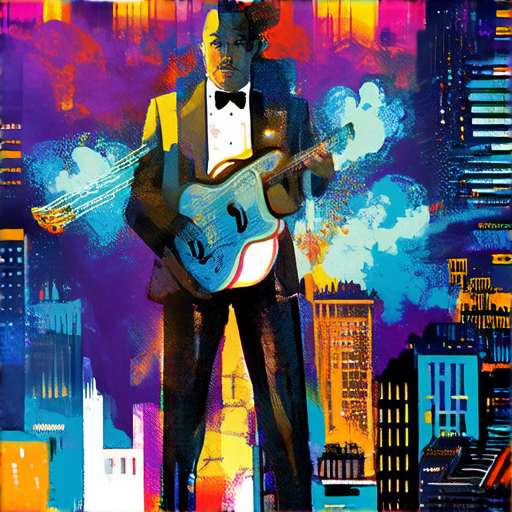
Examples of Jazz Fusion
- Miles Davis – Bitches Brew (1969)
- The Mahavishnu Orchestra – Birds of Fire (1973)
- Return to Forever – Hymn of the Seventh Galaxy (1973)
- Weather Report – Heavy Weather (1977)
- Herbie Hancock – Head Hunters (1973)
- Tony Williams Lifetime – Emergency! (1969)
- John McLaughlin – Shakti (1976)
- Pat Metheny Group – Pat Metheny Group (1978)
- George Duke – Feel (1974)
- Chick Corea – Return to Forever (1972)
Jazz fusion is a genre that combines elements of jazz, rock, funk, and electronic music. Some notable artists associated with this genre include Miles Davis, Herbie Hancock, and John McLaughlin.
These musicians experimented with new sounds and techniques, incorporating electric instruments, synthesizers, and complex rhythms into their music. As a result, jazz fusion became a distinct style that pushed the boundaries of traditional jazz.
Some popular albums that showcase the sound of jazz fusion include Miles Davis’ “Bitches Brew,” Herbie Hancock’s “Head Hunters,” and Return to Forever’s “Hymn of the Seventh Galaxy.”
These albums feature extended instrumental passages, intricate arrangements, and a blend of acoustic and electronic elements. They demonstrate the creativity and innovation that defined the jazz fusion movement.
Today, jazz fusion continues to influence contemporary music, with many artists drawing upon its legacy to create new and exciting sounds.
Who Dominated Jazz Fusion?
Miles Davis, the legendary trumpeter, was at the forefront of fusing jazz, rock, and funk.
-
His pioneering albums In A Silent Way and Bitches Brew featured electric instruments and rock rhythms anchored by jazz improvisation
-
Davis’ fusion experiments laid the groundwork for countless others, including Herbie Hancock, who released his groundbreaking album Head Hunters in 1973
-
Hancock’s album showcased his mastery of jazz-funk and its potential for commercial success, paving the way for future generations of musicians
-
Other notable figures in the jazz fusion scene include Weather Report, led by Joe Zawinul and Wayne Shorter, and Return to Forever, featuring Chick Corea and Al Di Meola
-
These artists pushed the boundaries of what was possible in jazz, incorporating elements of rock, funk, and electronic music into their work
Tiger Funk celebrates the rich history and cultural significance of funk, soul, and jazz fusion music through in-depth articles, artist profiles, album reviews, and historical retrospectives
Our mission is to educate and inspire readers about these influential genres and their impact on modern music
We strive to provide a comprehensive resource for fans and enthusiasts, highlighting the evolution of funk, soul, and jazz fusion, and their lasting influence on contemporary music
For more information on jazz fusion and its pioneers, visit our website at Tiger Funk
Learn more about the genre’s history, key players, and most iconic albums on our website, where we delve deeper into the world of jazz fusion and its enduring legacy
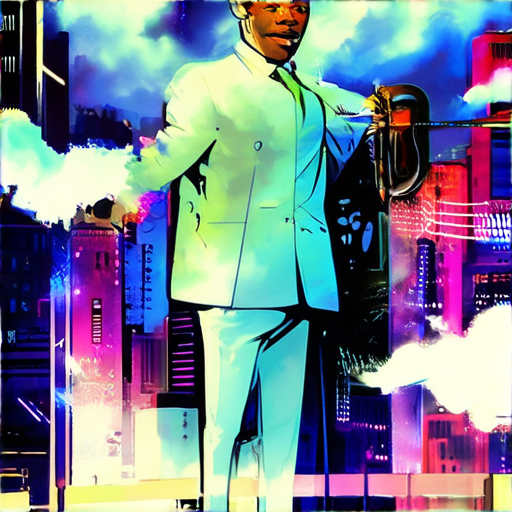
The Jazz Fusion Method
Jazz fusion arrangements vary in complexity, ranging from simple, repetitive melodies to intricate chord progressions and unconventional time signatures.
- Simple Melodies: Some jazz fusion pieces feature simple, repeated melodies often based on a single key or chord progression.
- Elaborate Chord Progressions: Other arrangements incorporate complex chord progressions, adding depth and sophistication to the overall sound.
- Unconventional Time Signatures: Jazz fusion often employs unusual time signatures, creating a sense of tension and release.
- Countermelodies: Countermelodies, or secondary melodies played simultaneously with the primary melody, add texture and interest to jazz fusion compositions.
In addition to these musical elements, jazz fusion often incorporates influences from other styles, such as rock, funk, and world music, resulting in a unique and dynamic sound.
Key Characteristics of Jazz Fusion
- Blending of Styles: Jazz fusion combines elements from various musical traditions, creating a distinctive sound.
- Complexity and Experimentation: Jazz fusion often features intricate arrangements and experimental approaches to composition.
- Emphasis on Improvisation: Improvisation plays a significant role in jazz fusion, allowing musicians to express themselves freely and creatively.
- Crossover Appeal: Jazz fusion has appealed to audiences beyond traditional jazz circles, incorporating elements from popular music and attracting listeners from diverse backgrounds.
Notable Examples of Jazz Fusion
- Miles Davis – Bitches Brew
- Herbie Hancock – Head Hunters
- Weather Report – Heavy Weather
- Return to Forever – Romantic Warrior
These albums showcase the diversity and creativity of jazz fusion, pushing the boundaries of what was possible in instrumental music during the late 1960s and early 1970s.
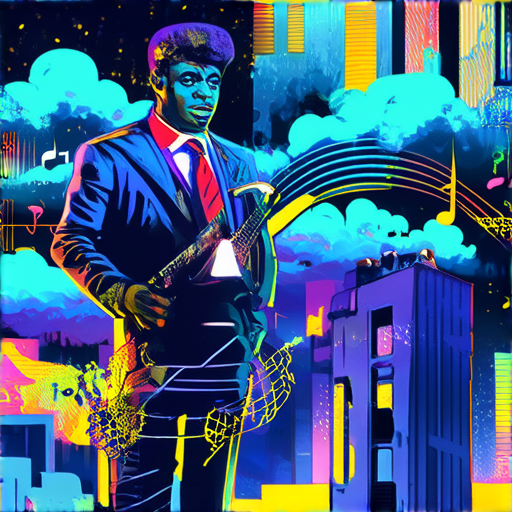
Is Jazz Fusion Improvised?
Jazz fusion is a genre of music that combines elements of jazz, rock, and funk to create a unique sound.
- Solos in jazz fusion are often improvised, meaning they are created spontaneously during a performance.
- This improvisational aspect allows musicians to express themselves freely and respond to the moment.
- However, some jazz fusion pieces may feature pre-composed solos or sections, blending the boundaries between composition and improvisation.
The Role of Improvisation in Jazz Fusion
Improvisation is a fundamental element of jazz music, and jazz fusion is no exception.
- Improvisation allows musicians to tap into their creativity and bring a fresh perspective to the music.
- It also enables the musician to connect with the audience on a deeper level, as the music becomes a shared experience.
- In jazz fusion, improvisation can take many forms, from spontaneous solos to extended instrumental passages.
Examples of Jazz Fusion Improvisation
Many famous jazz fusion artists have showcased their improvisational skills through their music.
- Frank Zappa was known for his lengthy guitar solos, which often featured complex harmonies and intricate melodies.
- Miles Davis’s work in the 1970s, particularly with his band “Bitches Brew,” pushed the boundaries of jazz fusion and improvisation.
- Herbie Hancock’s album “Head Hunters” features several tracks with extended improvisational sections, showcasing the pianist’s mastery of jazz fusion.
The Evolution of Jazz Fusion Improvisation
Over the years, jazz fusion has evolved significantly, with various sub-genres emerging and influencing the music.
- The early days of jazz fusion saw the incorporation of electronic elements and synthesizers, which expanded the sonic possibilities of the genre.
- In the 1980s, jazz fusion began to incorporate elements of hip-hop and R&B, leading to the development of new sounds and styles.
- Today, jazz fusion continues to evolve, incorporating influences from around the world and pushing the boundaries of what is possible in the genre.
Conclusion
Jazz fusion is a dynamic and constantly evolving genre, characterized by its emphasis on improvisation and creative expression.
From the spontaneous solos of Frank Zappa to the extended instrumental passages of Herbie Hancock, jazz fusion has always been about pushing the boundaries of what is possible in music.
The Greatest Jazz Fusion Guitarist
We’re proud to celebrate the incredible talent of Pat Metheny, widely regarded as one of the most influential and innovative jazz fusion guitarists of all time.
- Metheny’s unique playing style blends elements of jazz, rock, and folk, making him a true pioneer in the genre.
- With a career spanning over four decades, he has released numerous critically acclaimed albums, collaborated with legendary musicians, and won numerous awards, including 20 Grammy Awards.
- His iconic guitar sound, characterized by its warmth, expressiveness, and technical mastery, has inspired countless musicians and continues to influence contemporary jazz and fusion music.
Other Notable Jazz Fusion Guitarists
- Larry Coryell: A founding member of the Mahavishnu Orchestra, Coryell is known for his intense, virtuosic playing style and contributions to the development of jazz fusion.
- Al Di Meola: With his lightning-fast arpeggios and intricate compositions, Di Meola has become a leading figure in jazz fusion, pushing the boundaries of technical expression.
- John McLaughlin: As a member of the Mahavishnu Orchestra and a solo artist, McLaughlin has explored the intersection of jazz, rock, and Eastern musical traditions, influencing generations of musicians.
Tiger Funk’s Take on Jazz Fusion
At Tiger Funk, we’re passionate about sharing the rich history and cultural significance of jazz fusion music. Our platform offers in-depth articles, artist profiles, album reviews, and historical retrospectives, providing a comprehensive resource for fans and enthusiasts alike.
Join us in exploring the fascinating world of jazz fusion, and discover the incredible talents of Pat Metheny and other visionary guitarists who have shaped this dynamic genre.
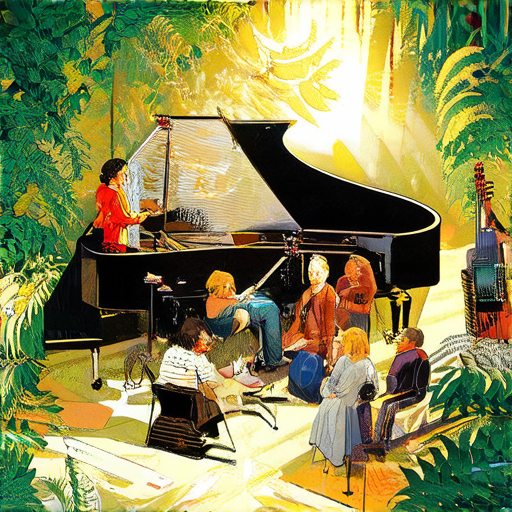
Is Steely Dan Jazz Fusion?
We’re often asked whether Steely Dan can be classified as a jazz fusion band, and our answer is yes.
-
Formed in 1972, Steely Dan is known for blending elements of rock, pop, and jazz to create a unique sound that has captivated audiences for decades.
-
The band’s primary members, Donald Fagen and Walter Becker, drew inspiration from jazz greats like Miles Davis and John Coltrane, incorporating complex harmonies and improvisational techniques into their music.
-
Steely Dan’s discography features a mix of jazz-infused rock songs, such as “Peg” and “Hey Nineteen,” alongside more straight-ahead jazz tracks like “Aja.”
While Steely Dan’s sound is undeniably eclectic, their jazz influences are undeniable.
-
The band’s use of extended instrumental passages, modal interchange, and complex chord progressions all reflect their jazz roots.
-
Furthermore, Steely Dan’s lyrics often explore themes of love, relationships, and social commentary, which are common in jazz music.
-
In addition, the band’s live performances frequently feature extended improvisations, showcasing their ability to think on their feet and push the boundaries of their music.
So, is Steely Dan jazz fusion? Absolutely.
By combining the energy and spontaneity of rock music with the complexity and sophistication of jazz, Steely Dan created a truly unique sound that continues to inspire and influence musicians to this day.
For more information on Steely Dan’s jazz influences and contributions to the genre, check out our article on Jazz Fusion Bands.
Additionally, you may want to explore our Funk, Soul, and Jazz History section, which delves deeper into the evolution of these genres and their impact on modern music.
At Tiger Funk, we’re passionate about sharing our knowledge of funk, soul, and jazz with the world, and we hope you’ll join us on this musical journey!
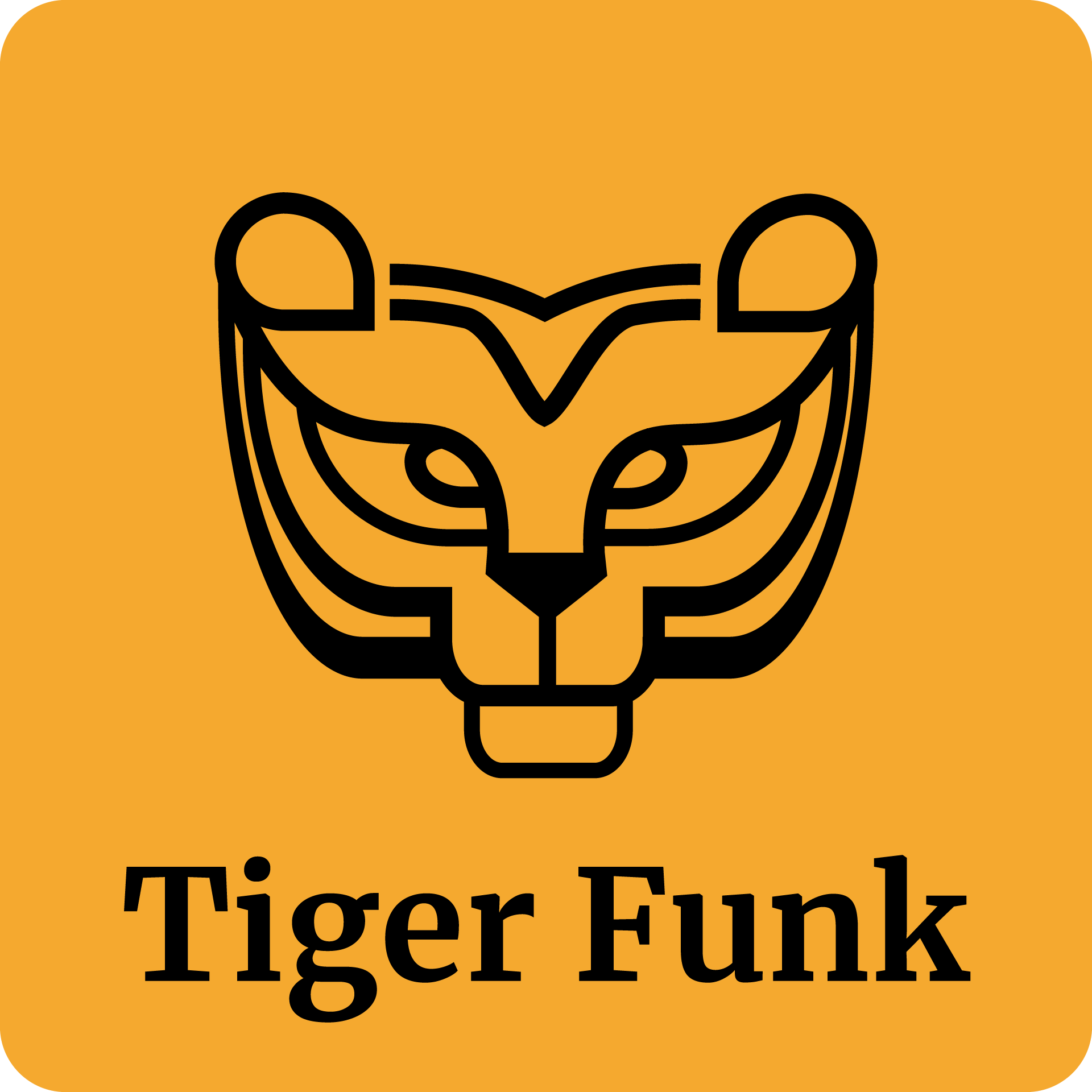
0 Comments